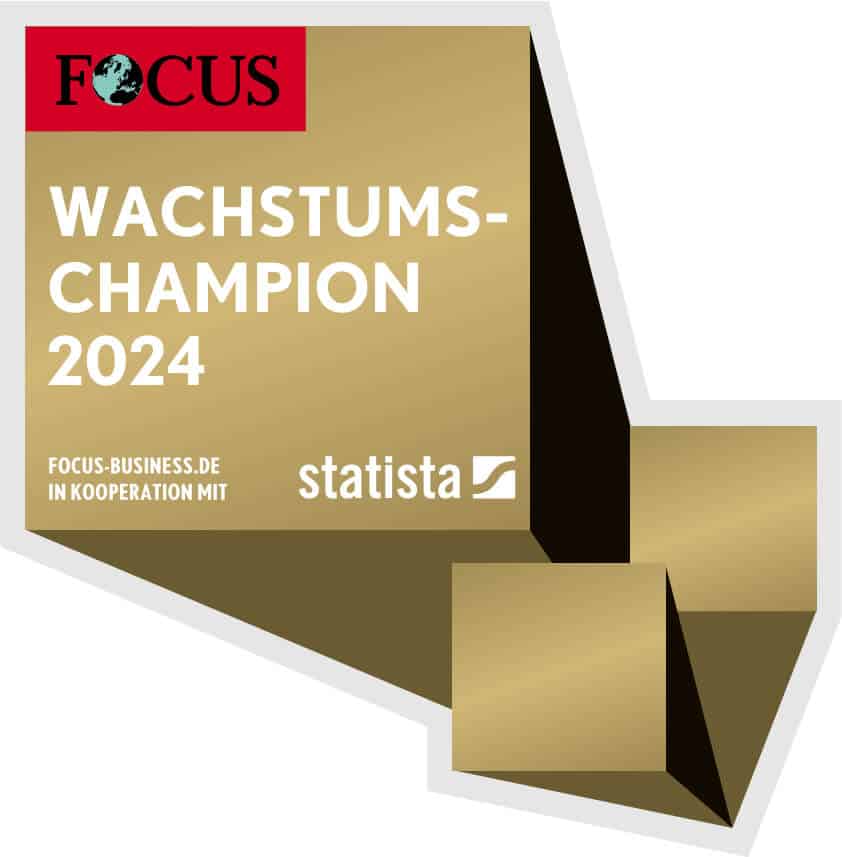Communication is a key success factor, especially in transformation processes. Both internal and external communication serve to reduce uncertainty and allay fears. The role of management in this and what successful communication in transformation is based on is explained in this article. Oliver Foitzik in the first part of our interview about communication in transformation processes.
Note from the TCI editorial team: Read also part 2 of the interview with Oliver Foitzik Communication in the transformation process (2): Communication measures and their objectives
Poor communication can have fatal consequences
Katja Heumader: Mr. Foitzik, you are probably familiar with Paul Watzlawick's quote "You can't not communicate." What does this quote mean in relation to transformation processes in companies?
Oliver Foitzik: Even if a company does not develop and implement a communication strategy for its transformation process, it is still communicating with customers, stakeholders and employees - but poorly. This is because the change processes are not explained and categorized and there is a lack of transparency. Action is also communication and is interpreted. If nothing is explained, this causes irritation, uncertainty and fear. Business partners and employees do not know where the company is heading and what this means for them. In the worst case, they turn away from the company. This can have serious economic consequences.
KHE: So why is communication so important, especially during periods of change in companies?
OFO: So that exactly what I have just described does not happen. Instead, communication in the transformation process builds trust and counters prejudices and uncertainty with transparency.
When it comes to corporate communication, we differentiate primarily between internal corporate communication and external communication, although the boundaries are sometimes blurred. Three corporate communication functions are particularly important in transformation processes:
- Inform
- Point the way
- Motivate
The first point, information, is about informing employees, business partners, customers and other stakeholders about the objectives, progress and status of the transformation project. Both proactively and reactively.
Management also sets the direction by providing a clear point of orientation. On the one hand, by communicating values and a clear vision and, on the other, through their own behavior. The company management actively exemplifies the desired commitment and thus gains support.
This also motivates employees to actively shape the transformation themselves, contribute their own ideas and get involved.
Internal and external communication serve to build trust
KH: Are there differences in terms of the external and internal communication of the transforming company?
OFO: Both in the internal and in the external corporate communications Ultimately, it is about securing and building trust in the company.
When a company undergoes far-reaching change processes, this often unsettles customers, suppliers, business partners and markets. Competitors often try to exploit this by arguing that resources are tied up in the transforming company due to the change process, which would be lacking for core tasks. Companies can counteract this with an effective communication strategy.
However, employees are particularly important for a successful transformation process. Their support is crucial to success. Internal corporate communications must therefore ensure that employees support and implement the changes. The basis for this is a shared vision that is communicated effectively.
KHE: What is necessary for communication to be effective, i.e. to achieve its goal of building trust?
OFO: Executives and management must identify with the project and thus drive the transformation forward in a credible and authentic manner. They must therefore act as role models on the one hand and Taking employees' concerns and fears, suggestions and ideas seriously and incorporating them.
KHE: So top management acts as a role model. What role does middle management play in communicating a transformation process?
OFO: Middle management acts as a multiplier and interface. This is because personal communication primarily takes place between top management and middle management. The latter then passes the information on to the employees, involves them in the discursive process, takes on board the ideas and suggestions of the employees and ensures support at this level.
The interview with Oliver Foitzik was conducted by Dr. Katja Heumader for the TCI editorial team.
Source cover image: © contrastwerkstatt | Adobe Stock

